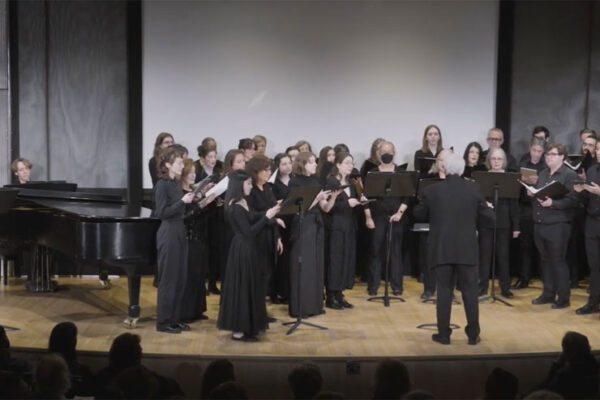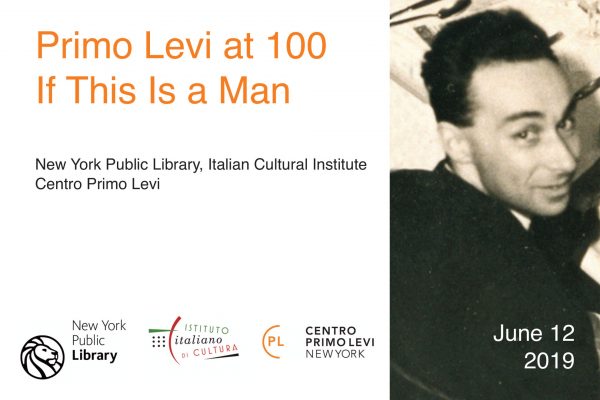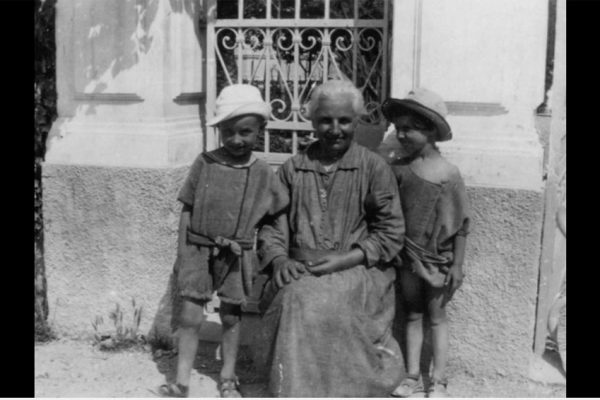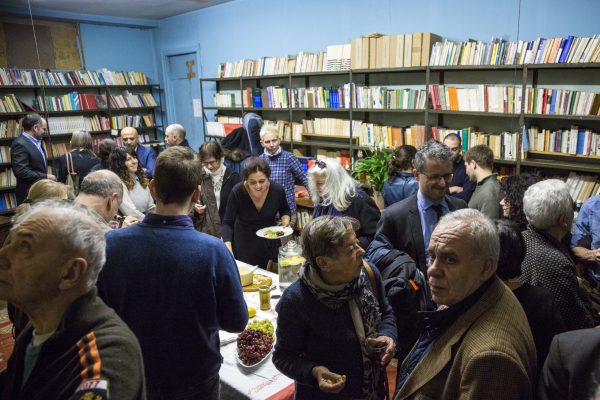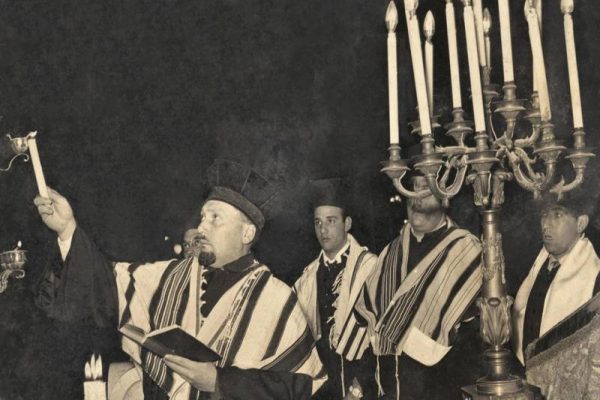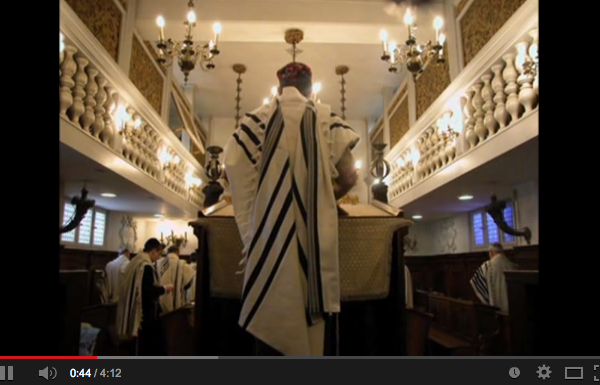On January 30th at 6 pm Centro Primo Levi and Casa Italiana Zerilli Marimò, 24 West 12th Street, will present the world premiere of the documentary film The DP Camp of Cinecittà by Marco Bertozzi, based on research by Noa Steimatsky (University of Chicago). Admission is free.
The conversion of Cinecittà, one of Europe’s largest movie studios, into a refugee camp seems an odd footnote to the chronicles of Italian cinema. However, its magnitude, the duration of its existence, and the broader social and political forces that governed its development, define it as a startling phenomenon and a prime allegorical tableau of its time. The existence of the camp colors our vision of postwar Italian film history, and, in particular, of Neorealism.
On June 6th 1944, the “City of Cinema” was taken over by the Allied Control Commission, as a holding station meant to house thousands of refugees. The partially bombed modernist movie complex was quickly transformed into a refugee camp. One section was run by the Italian post-war Assistance Ministry. The other half was controlled by the United Nations Relief and Rehabilitation Administration (UNRRA). Its occupants were people of 30 different nationalities, among them Poles, Russians, Iranians, Chinese, Gypsies and Jews – including survivors of Nazi extermination camps. Half of them were under 18 years of age. Life in the camp was extremely hard. Buildings, backdrops and sets – from Roman temples to French boudoirs – were adapted to accommodate the refugees’ most basic needs.
Here, in 1949, MGM filmed the colossal production of Quo Vadis, in spectacular technicolor. Among the 14,000 extras that crowded the set, it is conceivable there was a sizeable number of the refugees still living at Cinecittà in 1950.
Director Marco Bertozzi and film scholar Noa Steimatsky managed to track down several of Cinecittà former refugees. They also found Humanity, the only surviving visual document of post-war life in the ruinous remains of the Fascist propaganda empire. The documentary was shot in 1946 by Jack Salvatori and produced by Luce under the aegis of UNRRA and the Post-War Assistance Ministry. Conceived with narrative simplicity and ideological correctness, the film also contains several high panoramic shots. They reveal thousands of people living inside a hallucinatory labyrinth of roofless boxes, squeezed tightly together among their meager personal belongings, inside massive movie sound stages.
The DP Camp of Cinecittà is a welcomed step toward the reconstruction of the human suffering of thousands displaced by World War II. Their plight has become central to contemporary historiography by redefining our ideas of the costs of war. The film also opens a window on the transition of Italy’s national self-image from Fascism to democracy: Cinecittà’s powerful symbolic charge provided the incubator for much of the post-war rhetoric.
The authors
After obtaining an architecture degree at the University of Florence in 1989, Marco Bertozzi produced a documentary film about his hometown, Rimini, and went on to study film with Ermanno Olmi. He has since focused on documentaries as writer, teacher and organizer of professional workshops. He has produced documentaries on urban themes and on cultural identity, and has won several awards. Following his doctorate in the history of cinema, he began teaching at the Centro Sperimentale di Cinematografia in Rome, at the Roma Tre University and at the IUAV University in Venice. He is the author of several books and articles on cinema.
Noa Steimatsky is Associate Professor in the Department of Cinema and Media Studies at the University of Chicago. She holds an MA degree in English, and a PhD in Cinema Studies from New York University. Her principal areas of research include realism, surrealism, landscapes/locations, the face, Italian and French cinemas, tropes and figures in film and theory, as well as musical films. Her book, Italian Locations: Reinhabiting the Past in Postwar Cinema, is published by the University of Minnesota Press (2008). Her project, “On the Face of Film,” won a Getty research fellowship, and she has also been awarded the NEH American Academy in Rome Prize for her work on “Transitional Spaces in Post-War Cinemas.
Readings:
Noa Steimatsky, The Cinecittà Refugee Camp (1944-1955), in October, MIT, Spring 2009, N. 128, pp. 22-50


